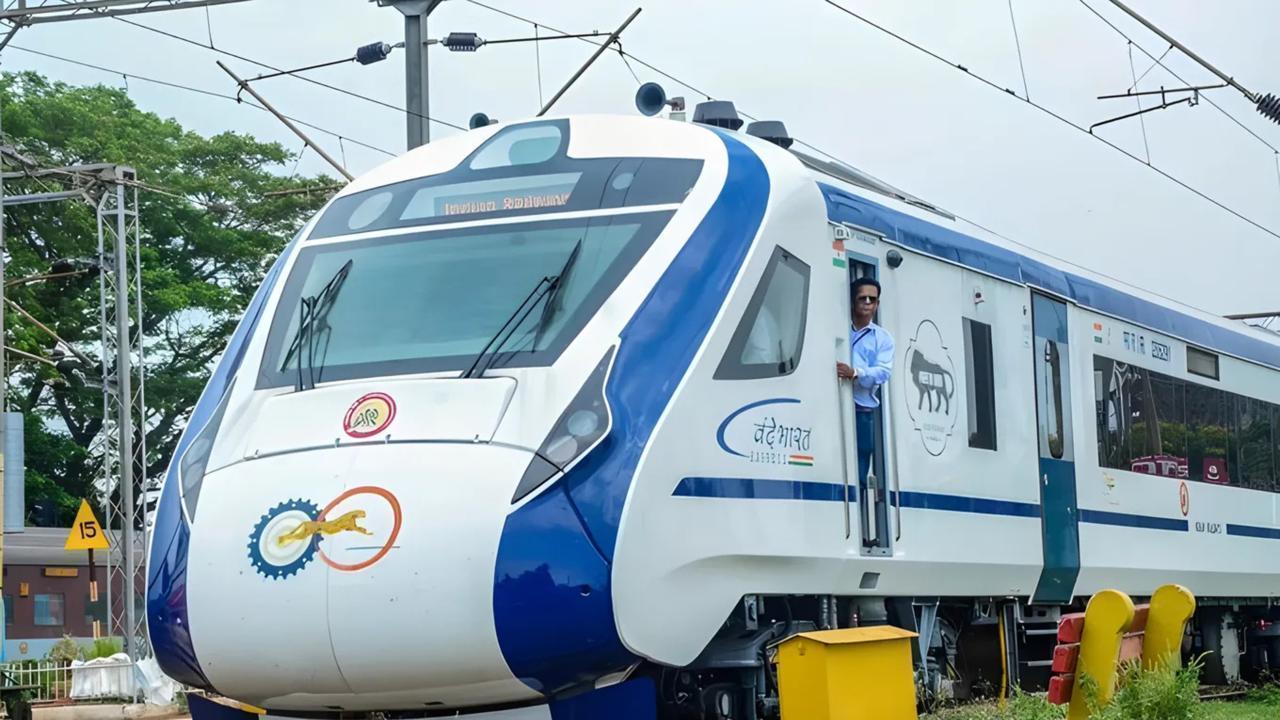
Post by : Amit
Photo : X / Mathrubhumi English
A Historic Shift for Indian Railways
India’s rail logistics sector is on the cusp of a major transformation with the upcoming launch of the Vande Bharat Parcel Train, expected to begin operations in the next two months. The project, spearheaded by the Indian Railways, aims to integrate speed, efficiency, and modern technology into freight operations—reshaping how cargo is transported across the nation.
For decades, railways have been the backbone of India’s freight movement, handling bulk commodities like coal, steel, and cement. Yet in the rapidly evolving world of e-commerce, perishable goods, and time-sensitive deliveries, traditional goods trains often fell short. By adapting the acclaimed Vande Bharat passenger train technology into a cargo-specific format, Indian Railways is attempting nothing short of a logistics revolution.
A New Chapter in Rail Logistics
The Vande Bharat Express, hailed for modernizing passenger travel with speed and comfort, will now extend its legacy to freight. Instead of carrying passengers, these new trainsets will be redesigned exclusively to transport cargo—turning a passenger-centric innovation into a logistics powerhouse.
Operating at 160 km/h, the Vande Bharat Parcel Train promises 40–60% faster delivery times than existing parcel vans and traditional goods trains. This speed advantage could drastically cut delivery cycles for businesses across India’s busiest commercial corridors, making rail an attractive alternative to road-based logistics.
Meeting the Demands of Modern Commerce
India’s economic engine is increasingly powered by sectors like e-commerce, pharmaceuticals, fast-moving consumer goods (FMCG), and agricultural exports. All demand reliable, time-bound, and cost-effective logistics.
Currently, road transport dominates parcel delivery because of its flexibility. Trucks can pick up and drop off directly at warehouses, but they face bottlenecks: rising fuel costs, unpredictable delays, and growing highway congestion.
The Vande Bharat Parcel Train offers a unique solution:
Officials confirm the trains will initially serve high-volume corridors such as Delhi–Mumbai, Delhi–Kolkata, Chennai–Bengaluru, and Mumbai–Ahmedabad. These routes connect India’s biggest industrial, agricultural, and consumer markets—making them perfect testing grounds for this innovation.
Special Features of the Vande Bharat Parcel Train
Unlike traditional parcel vans hitched to passenger trains, the Vande Bharat Parcel Train will feature a purpose-built design with advanced handling and safety systems:
For industries like pharmaceuticals and agriculture, these features are not just conveniences—they’re critical for ensuring freshness, safety, and compliance with global export standards.
Boosting India’s Supply Chain
The launch is part of a larger vision to position India as a global logistics hub. Today, India’s logistics costs stand at nearly 13-14% of GDP, far higher than developed economies where it hovers around 8-9%. The government’s goal is to reduce this burden, making Indian goods more competitive worldwide.
The Vande Bharat Parcel Train is a step in that direction. Faster rail freight means:
Industry experts note that time is money in logistics. A delivery that arrives in 24 hours instead of 48 can significantly improve customer satisfaction and business growth.
Economic Impact and Investment Opportunities
The ripple effects go beyond railways. By creating faster freight corridors, the Vande Bharat Parcel Train will spur investment in:
Early estimates suggest that once scaled nationwide, the trains could carry cargo worth billions of dollars annually. Logistics companies, e-commerce giants like Amazon and Flipkart, and courier firms are already eyeing partnerships with Indian Railways.
This could also encourage foreign direct investment (FDI) in India’s rail-logistics ecosystem, drawing global players keen to tap into one of the world’s fastest-growing consumer markets.
Global Comparisons: Learning from the World
India is not venturing into uncharted waters. Globally, countries like China, Japan, Germany, and France have successfully operated high-speed parcel trains.
By customizing these global best practices for Indian conditions, the Vande Bharat Parcel Train could set new benchmarks for South Asia and beyond.
Challenges Ahead
Despite the promise, hurdles remain. Experts caution about:
Addressing these challenges will require public-private partnerships (PPPs), phased rollouts, and possibly new dedicated logistics corridors.
Government’s Vision and Policy Push
The parcel train project dovetails with India’s National Logistics Policy and the target of reducing logistics costs to single digits by 2030.
Alongside Dedicated Freight Corridors (DFCs), investments in digital systems, green mobility, and port-rail connectivity, the Vande Bharat Parcel Train strengthens the government’s plan for a $5 trillion economy.
Railway officials revealed that the first trains are undergoing trial runs, with full commercial operations slated to begin within the next two months. The rollout is expected to be gradual, starting with a handful of corridors and expanding nationwide.
Human Impact: Stories of Change
For farmers in Punjab, the parcel train could mean delivering fresh produce to Mumbai markets overnight, instead of taking two days by truck.
For startups in Bengaluru, it could mean sending high-value electronics or medical devices to Delhi in record time.
For consumers, it could mean faster e-commerce deliveries, even in Tier-2 and Tier-3 cities.
These real-world benefits underline why the Vande Bharat Parcel Train is being hailed as more than just a railway project—it is a supply chain revolution.
A Train for the Future
The upcoming launch of the Vande Bharat Parcel Train marks a historic moment in India’s logistics story. By combining speed, efficiency, and sustainability, it has the potential to redefine how goods move across the nation.
For businesses, it unlocks faster supply chains.
For farmers, it reduces waste and raises incomes.
For consumers, it promises quicker deliveries.
For India, it signals a bold stride toward becoming a global logistics powerhouse.
As the first trains prepare to roll out in just weeks, anticipation is building across industries and communities. The Vande Bharat Parcel Train is more than a transport solution—it is a symbol of innovation, progress, and the future of commerce on rails.
Vande Bharat Parcel Train

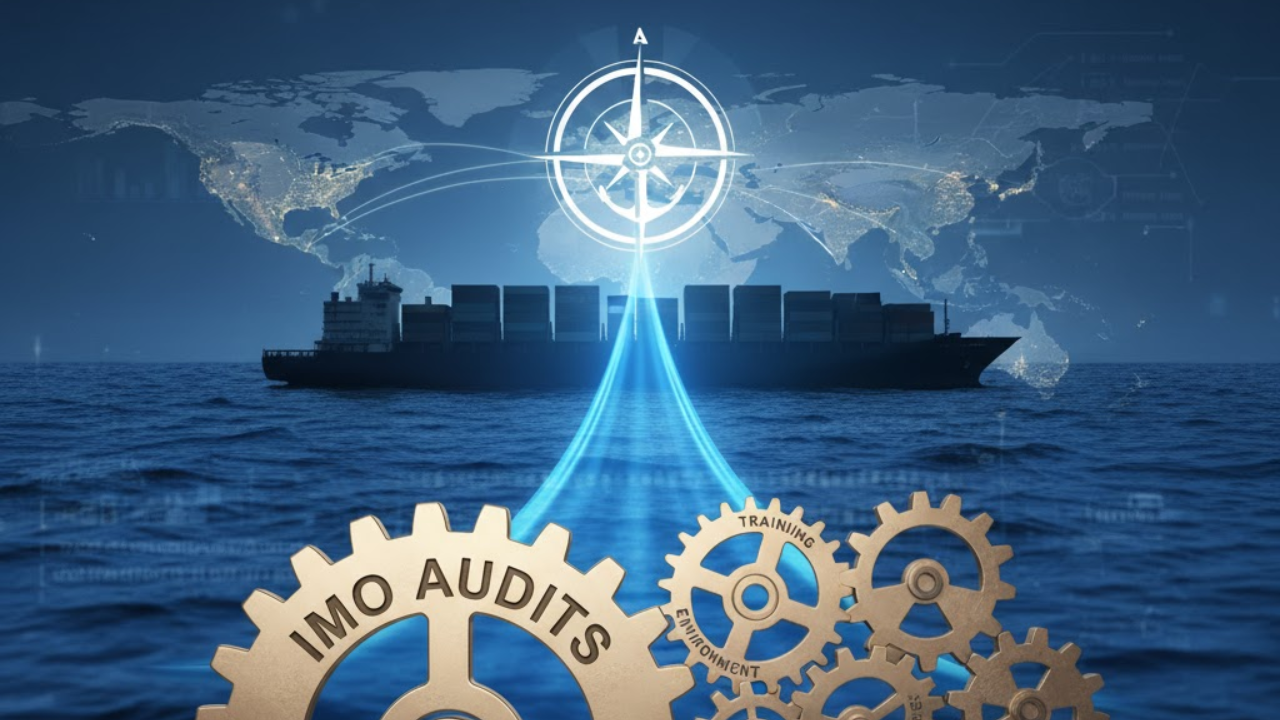
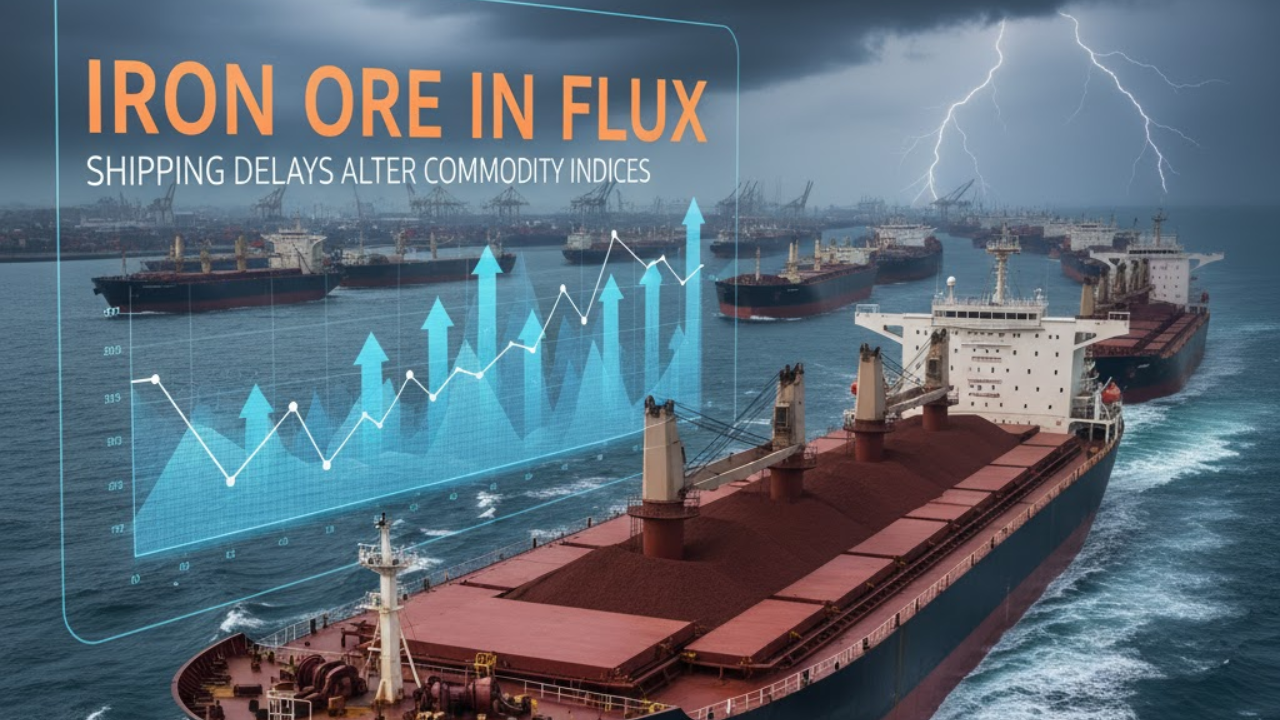

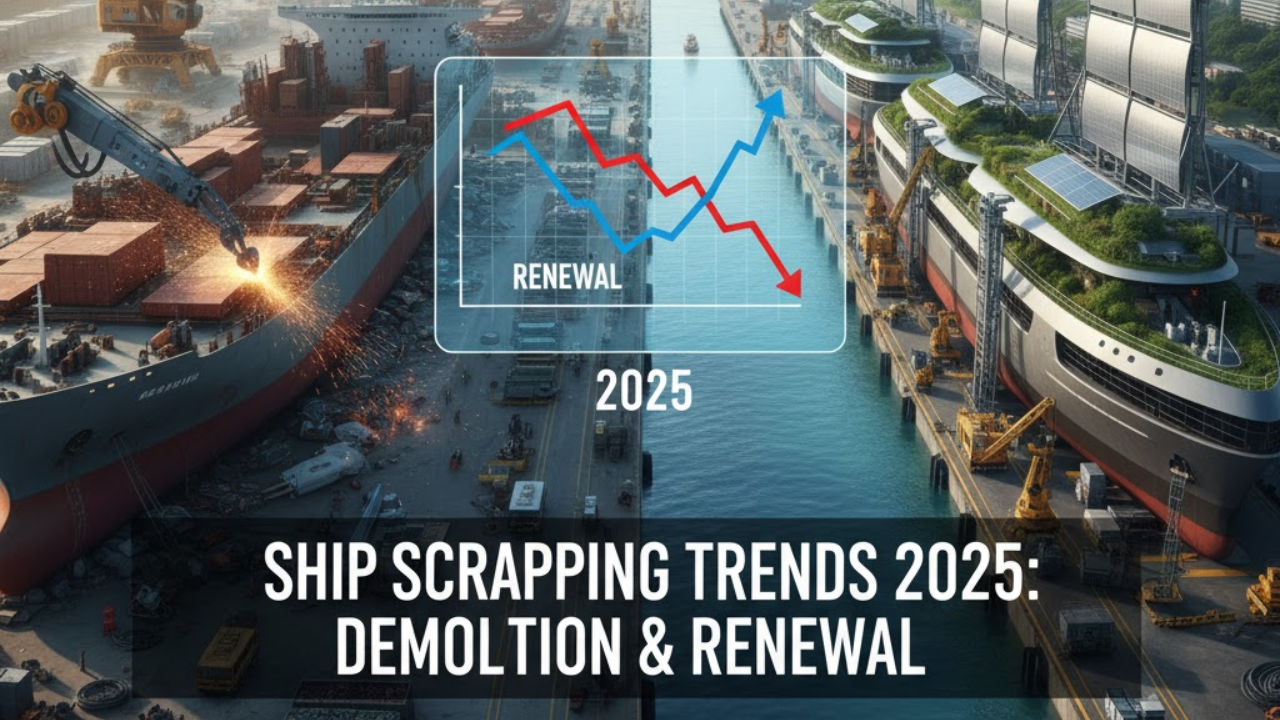
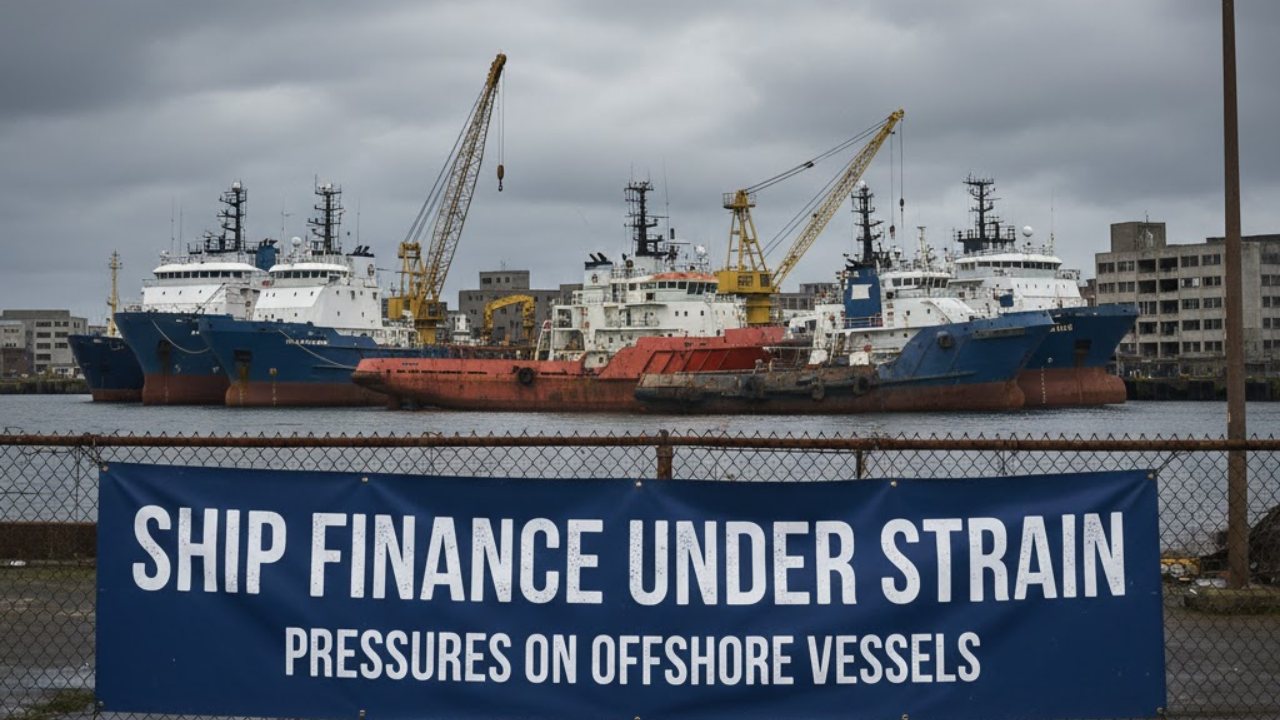
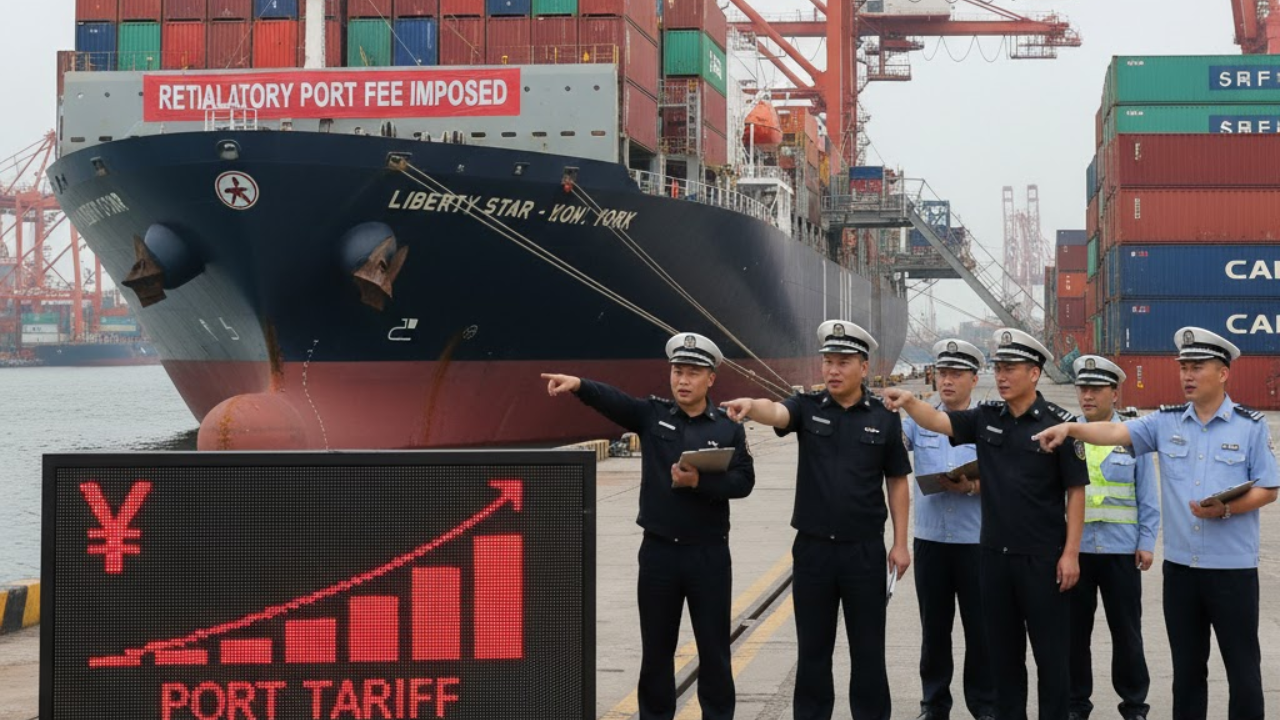
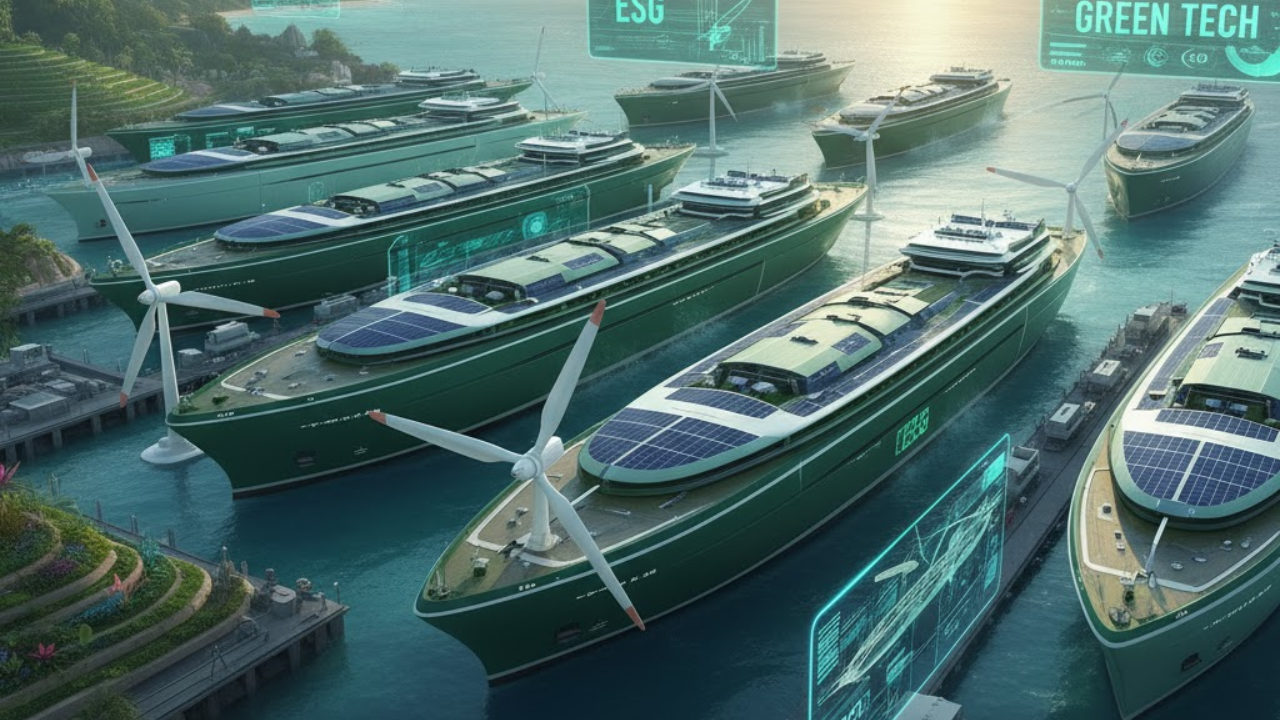
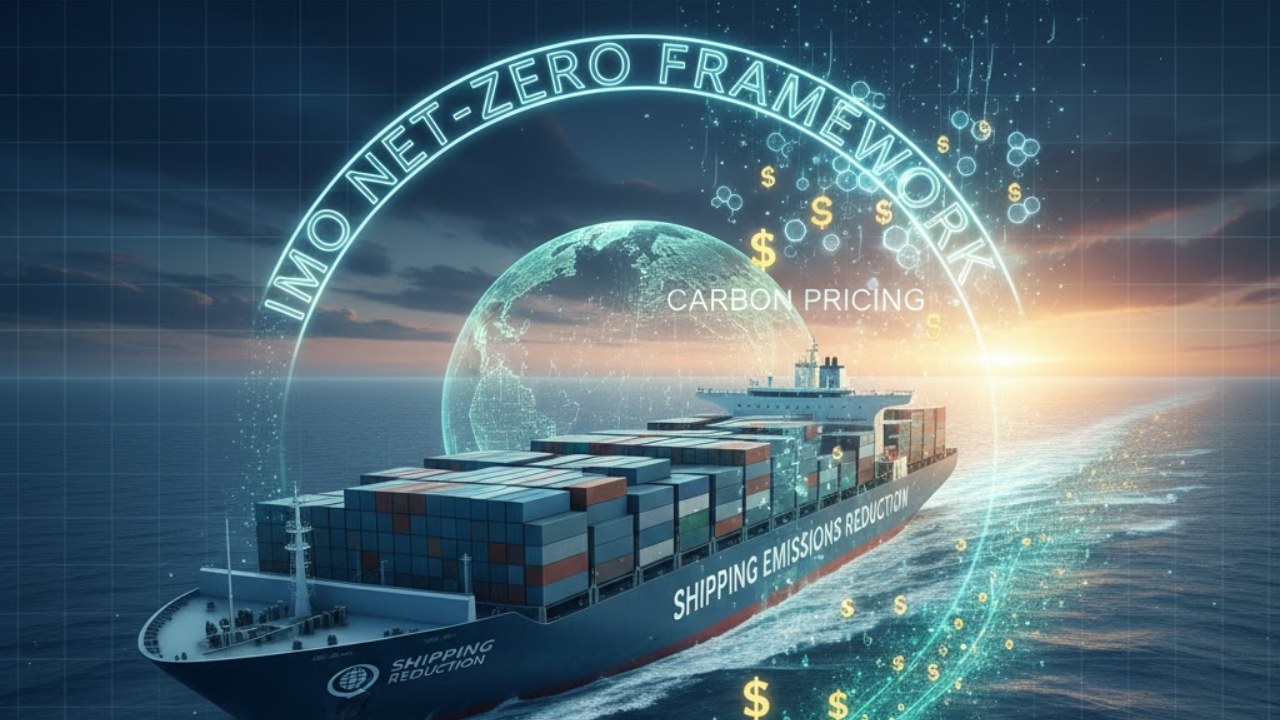

Bengaluru-Mumbai Superfast Train Approved After 30-Year Wait
Railways approves new superfast train connecting Bengaluru and Mumbai, ending a 30-year demand, easi

Canada Post Workers Strike Halts Nationwide Mail and Parcel Services
Canada Post halts operations as CUPW strike disrupts mail and parcel delivery nationwide amid disput

PM Modi Launches BSNL ‘Swadeshi’ 4G Network, 97,500 Towers Built
India enters global telecom league as PM Modi inaugurates BSNL’s indigenous 4G, connecting 26,700 vi

India’s Iconic MiG‑21 Takes Final Flight After Six Decades of Service
After 60 years India retires its MiG‑21 fighter jet, a legendary yet controversial warplane marking

Hindustan Zinc unveils AI hotspot monitoring at Debari smelter
Hindustan Zinc launches AI-powered Switchyard Hotspot Monitoring at Debari smelter to cut outages bo

Chinese experts worked inside sanctioned Russian drone plant
Chinese drone specialists visited IEMZ Kupol supplying parts and drones via intermediaries, deepenin